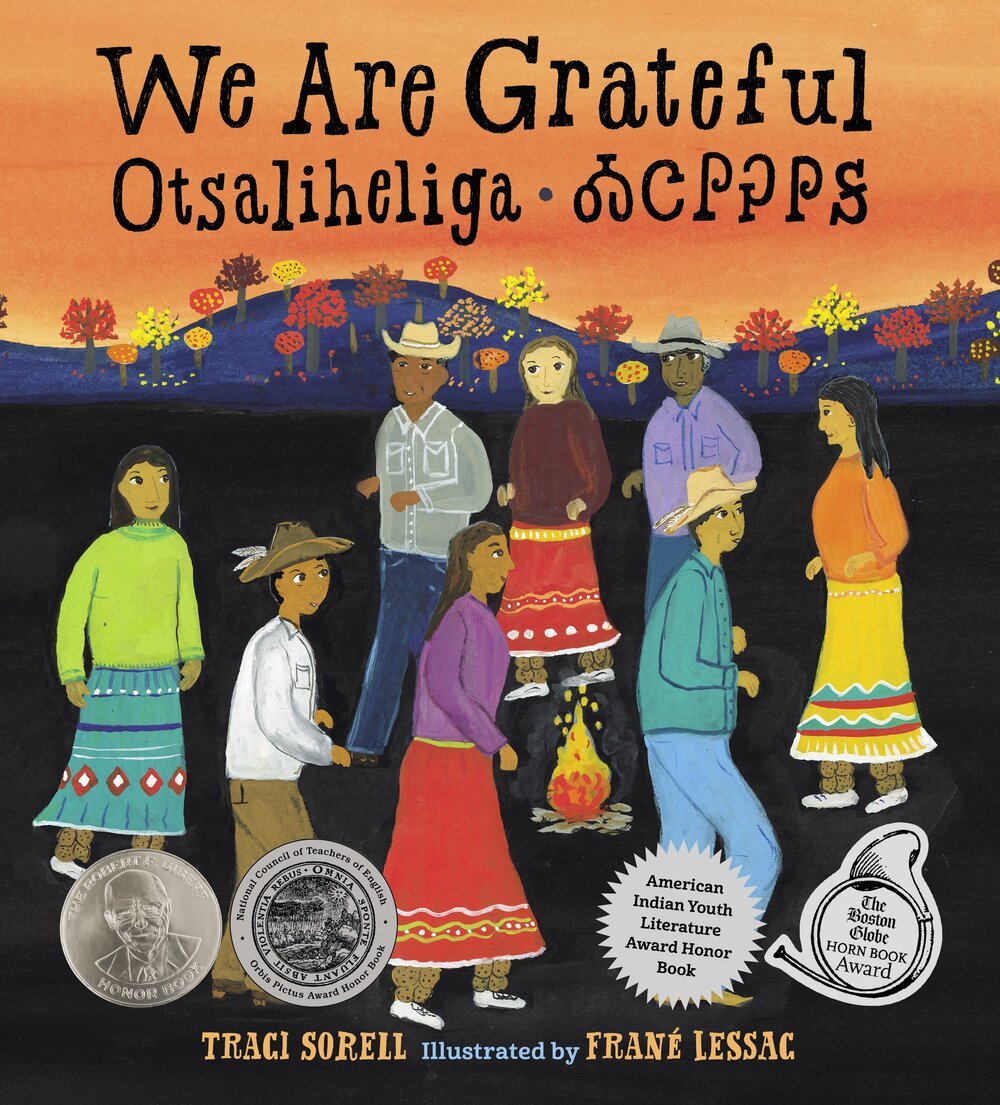As COVID-19 deaths spiked in 2020, Suzanne Firstenberg’s public art installation "In America: How could this happen…"
History Explorer Results (41)
Related Books (2)
Grade Range:
5-12
Resource Type(s):
Primary Sources, Lessons & Activities, Worksheets
Date Posted:
1/22/2011
In these classroom activities, developed for the exhibition America on the Move, students will use visual, analytical, and interpretive skills to examine primary sources including a historical map and answer questions about them to learn more about the expansion of transportati
Grade Range:
5-12
Resource Type(s):
Primary Sources, Lessons & Activities, Worksheets
Date Posted:
1/22/2011
In these classroom activities, developed for the exhibition America on the Move, students will use visual, analytical, and interpretive skills to examine primary sources including a historical map and answer questions about them to learn more about global consumption, productio

Grade Range:
K-12
Resource Type(s):
Artifacts, Primary Sources
Date Posted:
5/6/2010
This sign was purchased by a North Beach second-hand shop from a proprietor in the neighboring Chinatown district of San Francisco. It is said to date from between 1890 and 1910. If that is so, the sign’s survival is quite miraculous: The 1906 earthquake in April of that year caused much damage

Grade Range:
K-12
Resource Type(s):
Artifacts, Primary Sources
Date Posted:
9/25/2009
The evolving civil rights movement of the 1950s, 1960s, and 1970s revolutionized the consciousness of young people across the United States. As in African American communities, a new sense of mobilization spread among Mexican Americans. Many adopted a more political identity—chicano an

Grade Range:
K-12
Resource Type(s):
Artifacts, Primary Sources
Date Posted:
9/25/2009
Pancho Villa is one of the most recognizable leaders of the Mexico Revolution. This civil war, which lasted from 1910-1921, was fought to curb U.S. corporate interests and to redistribute agricultural lands, especially for indigenous communities. It was a social revolution that reasserted popular

Grade Range:
K-12
Resource Type(s):
Artifacts, Primary Sources
Date Posted:
9/20/2009
Mariachis, groups comprised of vocalists, trumpeters, violinists, and various bass and guitar players, are today considered Mexico's traditional musical ensemble. Originally from the state of Jalisco, mariachi music transformed itself from a regional to a national music between the 1930s and 1950

Grade Range:
K-12
Resource Type(s):
Artifacts, Primary Sources
Date Posted:
9/17/2009
The image shown here represents El Santo Niño de Atoche, a depiction of the Christ child common throughout Mexico and the American Southwest. Made by Rafael Aragón in Santa Fe, this particular image is from a retablo, a kind of Catholic devotional art. Aragón came from a family of santeros

Grade Range:
4-12
Resource Type(s):
Reference Materials, Primary Sources
Date Posted:
5/27/2009
Students will learn about the importance of salmon fishing to the Native Americans of the Pacific Northwest, and the communities that developed around the Atlantic cod, Chesapeake oyster, Columbia River salmon and whaling industries in this section of On the Water: Stories from Mari

Grade Range:
4-12
Resource Type(s):
Reference Materials, Primary Sources
Date Posted:
5/27/2009
Students will learn how commerce on the Great Lakes, canals and rivers played an important role in the development of the country in this section of On the Water: Stories from Maritime America, an online exhibition. The country's vast system of rivers and lakes has helped

Grade Range:
K-12
Resource Type(s):
Artifacts, Primary Sources
Date Posted:
2/11/2009
The process of manufacturing such baskets is called "sewing," but it is actually a process of binding and coiling long strands of grass. In the wetlands, two kinds of grasses are used; "sweetgrass," and more recently, black rush, also known as "bullrush." Strips of oak wood, or palmetto fronds ar











